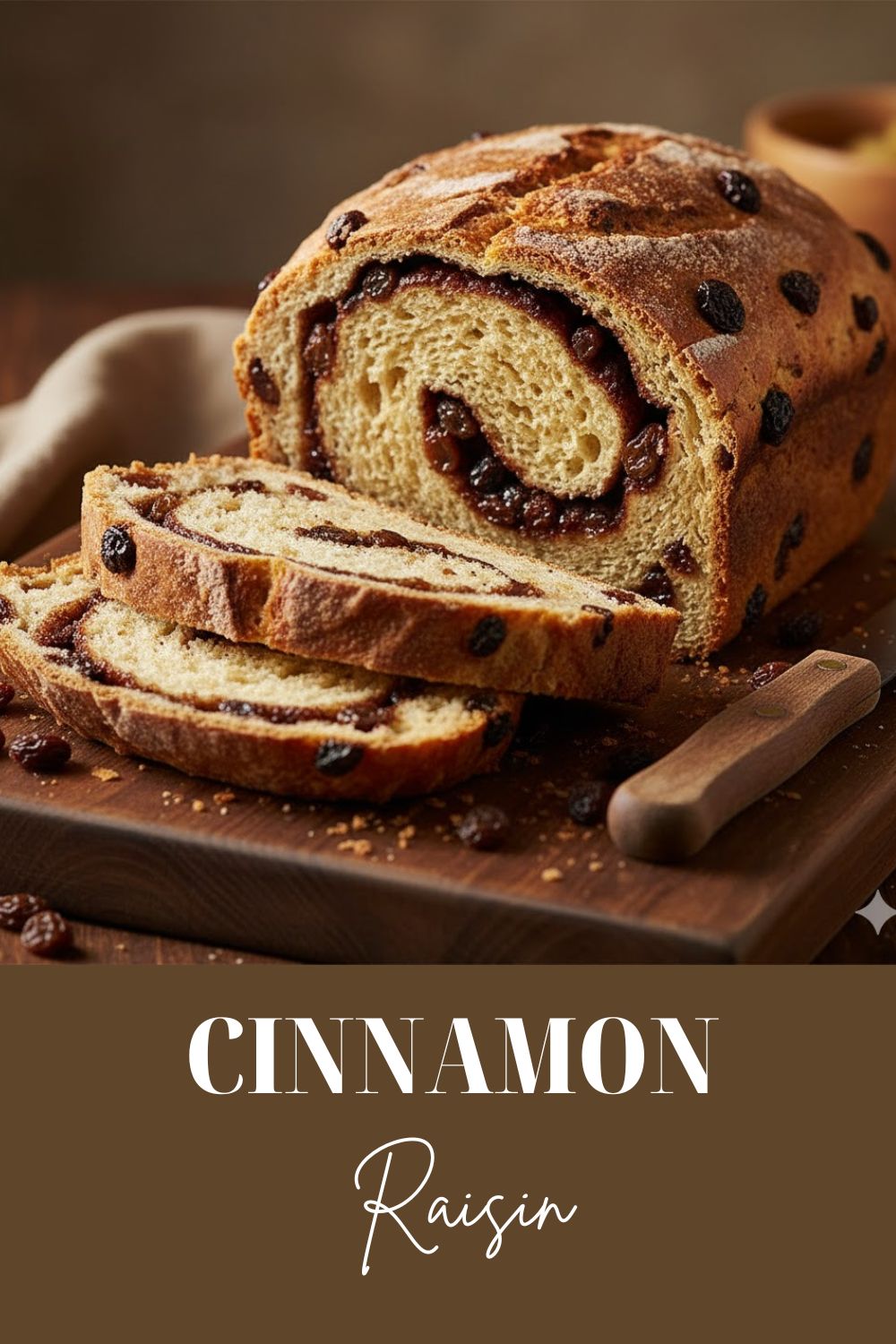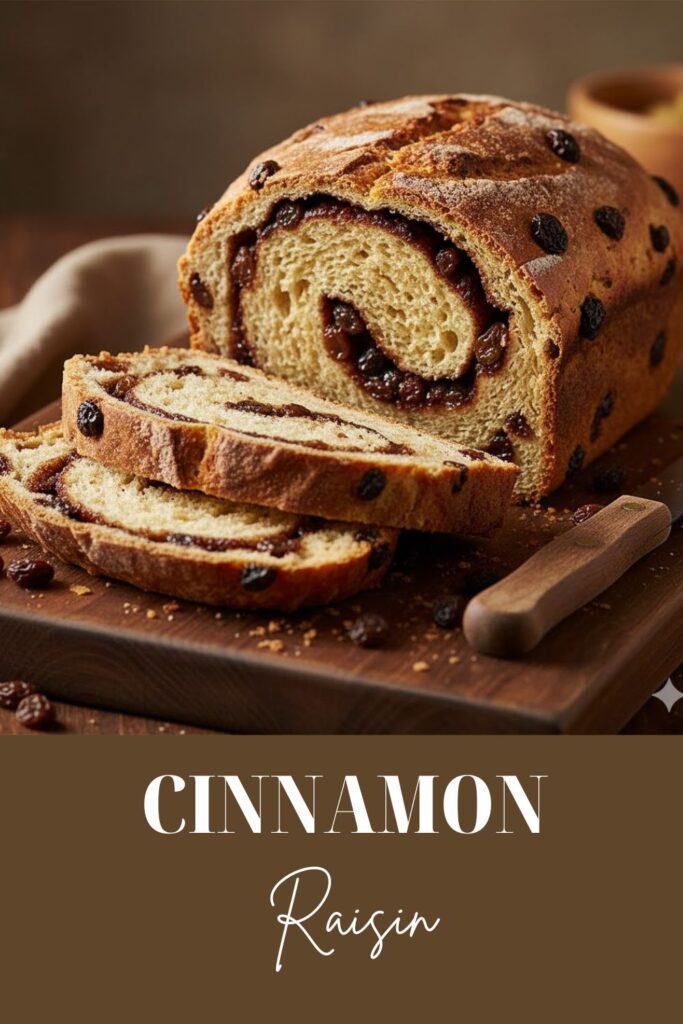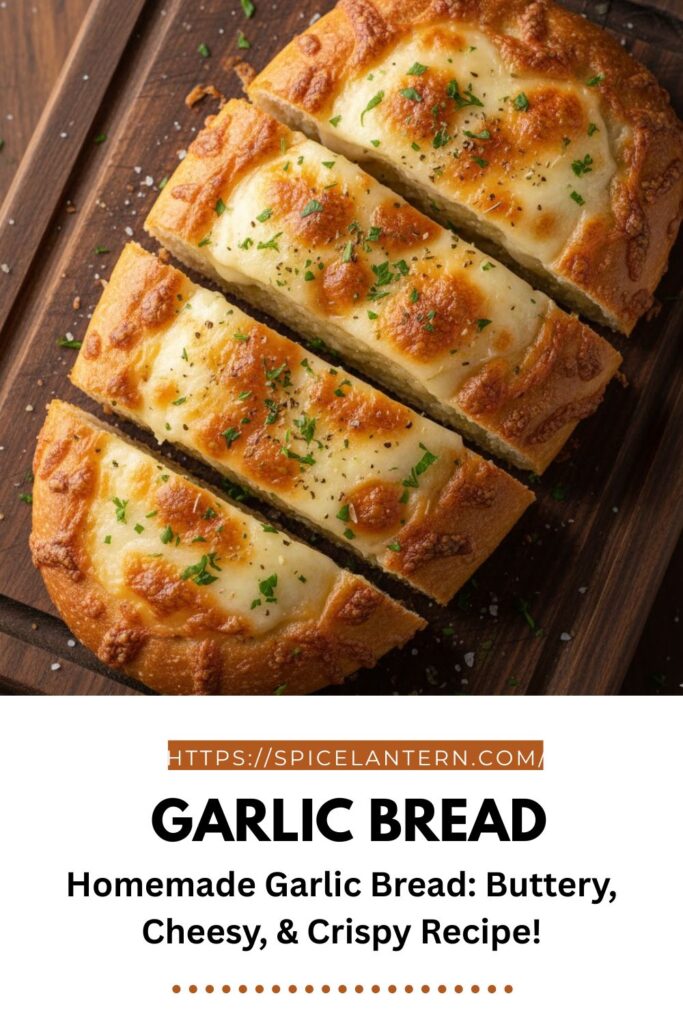Forget Sad Sandwiches: Bake The World’s Best Homemade Pumpernickel Bread
Let me guess. You’ve had store-bought Pumpernickel bread. That dry, vaguely brown slice that tastes like caraway seed went to a very boring party. You think, “Meh, that’s what pumpernickel is.” You accept your fate. But honey, that’s not pumpernickel. That’s imposter bread.
I’m here to save you from a life of mediocre toast. This recipe isn’t the centuries-long, low-and-slow German method that requires you to essentially become a full-time baker. No, this is the modern, “I have things to do, but I also demand spectacular bread” version. It’s dense, moist, slightly sweet, deeply earthy, and so packed with flavor it laughs at your old grocery store loaf.
You deserve better than “meh” bread. You deserve this deep, dark, delicious loaf. Trust me, once you make this, you’ll wonder why you ever settled for the sad, pre-sliced stuff. Ready to dive into the dark side of delicious baking?
Why This Pumpernickel Recipe Deserves a Gold Medal
So, why are you trading your afternoon for an apron and a bag of rye flour? Because this bread is next-level and shockingly easy to pull off.
First, the flavor is intense. We are using a secret weapon: cocoa powder and coffee. This isn’t just for color (though it helps). It adds a profound depth and a gorgeous, subtle bitterness that makes the bread taste complex and rich, echoing the flavor developed in the traditional, all-day German bake. It’s like baking on ‘Hacker Mode.’
Second, the texture is perfect. It’s dense, absolutely. It’s not supposed to be airy white bread. But it’s also moist and velvety, thanks to the molasses and a clever trick with the boiling water. It slices beautifully and stands up to any topping—from cream cheese and smoked salmon to a towering Reuben sandwich.
Third, it makes you look like a kitchen wizard. Seriously. Present this dark, mysterious loaf to your guests, and watch their faces. They will assume you spent two days slaving over a stone oven. IMO, it’s a lot of payoff for minimal actual effort.
The Dark and Delicious Ingredient List
Get your measuring cups ready. Precision matters in bread-making, so grab your scale if you have one!
- 1 cup (240ml) Boiling Water: The hotter, the better.
- ½ cup (120ml) Dark Molasses: Don’t skimp here; this is the key to color and moisture.
- ¼ cup (60ml) Strong Black Coffee or Espresso: Cooled slightly, but still warm. This is the flavor bomb.
- 2 tablespoons (30g) Vegetable Oil or Melted Butter: For richness and a tender crumb.
- 2 teaspoons Active Dry Yeast: Make sure it’s fresh. Dead yeast means dead bread.
- 2 cups (240g) Medium or Dark Rye Flour: The star of the show!
- 1 ½ cups (180g) All-Purpose Flour: Provides structure and lightness. Substitution: You can use whole wheat flour, but the bread will be denser.
- ½ cup (60g) Unsweetened Cocoa Powder: Essential for that signature dark color and flavor depth.
- 1 tablespoon Caraway Seeds: For that classic, slightly savory, peppery bite.
- 1 teaspoon Salt: Essential for controlling the yeast and, you know, tasting good.
- 1 teaspoon Instant Coffee or Espresso Powder: Boosts the dark flavor.
Tools That Will Make Bread-Baking Easy
You don’t need a professional bakery, but these tools certainly help! Time to put those Amazon affiliate links to work.
- Kitchen Scale: For accurately measuring flour and rye. Seriously, use a scale. Volume measurements for flour are a gamble.
- Large Mixing Bowl: For the initial activation and mixing.
- Stand Mixer with Dough Hook: You can knead this by hand, but rye is sticky, and the dough hook saves your sanity (and your wrists).
- Whisk: For dry ingredients.
- Measuring Cups and Spoons: For liquids and smaller additions.
- 9×5-inch Loaf Pan: Heavy-duty, light-colored pans bake more evenly.
- Parchment Paper: For lining the pan. This prevents sticking and makes lifting the loaf out a breeze.
- Wire Cooling Rack: Crucial for cooling your bread and preventing a soggy bottom.
- Bench Scraper: For cleanly dividing and handling sticky dough.
Your Step-by-Step Path to Pumpernickel Perfection
Stay calm, follow the steps, and remember: bread dough smells amazing.
H3: Step 1: The Dark Activation
- Grab your large bowl. Pour in the boiling water, molasses, and oil/melted butter. Stir it all up until the molasses dissolves. It should be warm—around 105-115°F (40-46°C). Too hot, and you kill the yeast; too cool, and the yeast sleeps.
- Add the warm coffee/espresso and then sprinkle the active dry yeast over the top. Give it a quick stir. Let this stand for about 5-10 minutes. It should get foamy and bubbly. This proves your yeast is alive and ready to rock.
H3: Step 2: The Dry Mix (The Color Guard)
- In a separate medium bowl, whisk together the rye flour, all-purpose flour, cocoa powder, salt, caraway seeds, and instant coffee powder. You want these dark ingredients completely combined.
- FYI, that cocoa powder is not for sweetness—it’s for depth and color. Don’t worry, your bread won’t taste like chocolate cake.
H3: Step 3: Mixing the Monster Dough
- Gradually add the dry mixture to the wet mixture. If using a stand mixer, use the dough hook and mix on low speed until a shaggy dough forms.
- Crank the speed up to medium-low and knead for 6-8 minutes. This dough is naturally sticky and dense. It will not form a smooth, elastic ball like white bread. It will look sticky, heavy, and a bit messy. This is normal! Don’t be tempted to add too much extra flour.
H3: Step 4: The First Nap (Bulk Fermentation)
- Lightly oil a clean bowl. Use your bench scraper to transfer the sticky dough to the bowl. Turn the dough over so it’s coated in oil.
- Cover the bowl tightly with plastic wrap or a clean kitchen towel.
- Let the dough rise in a warm, draft-free spot for 1 to 1.5 hours, or until it has about doubled in size. Rye dough doesn’t rise quite as dramatically as wheat, but you’ll see a noticeable difference.
H3: Step 5: Shaping and The Second Nap (Proofing)
- Lightly grease and line your 9×5-inch loaf pan with parchment paper. Leave an overhang so you can lift the bread out later.
- Gently punch down the risen dough—this gets rid of the big air bubbles. Shape the dough into a tight loaf and place it seam-side down in the prepared pan.
- Cover the pan loosely with plastic wrap. Let it rise for a second time for 30-45 minutes. It should look puffy and a little domed over the top of the pan. About 15 minutes before the second rise finishes, preheat your oven to 375°F (190°C).
H3: Step 6: Bake Until Dark
- Place the loaf pan in the preheated oven.
- Bake for 35-45 minutes. The crust should be dark brown (almost black) and sound hollow when you tap the top.
- For absolute certainty, stick an instant-read thermometer into the center. The internal temperature should be 200-210°F (93-99°C).
H3: Step 7: The Most Difficult Step: Cooling
- Immediately remove the bread from the oven. Use the parchment paper overhang to lift the loaf out of the pan and place it on a wire cooling rack.
- Now for the hard part. You must let this bread cool completely before slicing. Rye bread is dense, and if you slice it while it’s still warm, the crumb will be gummy and sticky. Minimum 2 hours, but TBH, overnight is better. Go watch a movie. Your patience will be rewarded.
Estimated Calories & Nutritional Notes
Don’t panic. You’re eating whole grains, fiber, and deliciousness. This is a robust bread, not a diet snack.
- Serving Size: One 1-inch slice (assuming 15 slices per loaf).
- Estimated Calories: Approx. 130-150 kcal per slice.
- Dietary Fiber: Contains a good amount of fiber due to the rye flour, making it great for digestion.
- Low Glycemic Index (compared to white bread): Rye flour often gives bread a lower GI, meaning it doesn’t spike blood sugar as quickly as white bread. Bonus!
- Nutrient Dense: Rye flour provides iron, magnesium, and B vitamins.
- Contains Gluten: This recipe is not gluten-free as it uses both rye and all-purpose wheat flour.
Common Mistakes to Avoid (The Sarcastic Truth)
Listen up, buttercup. Don’t mess this up.
H3: The Sticky Mess (Too Much Flour)
The Mistake: Your dough felt too sticky (which is how rye dough is!), so you kept adding cups of all-purpose flour until it felt like soft playdough. The Result: A dense, dry, heavy loaf that tastes more like a brick than bread. You ruined the moist texture. The Fix: Trust the recipe! Use a kitchen scale for flour. The dough will be sticky. Use a bench scraper and a lightly oiled hand to manage it, not more flour.
H3: The Gummy Crime
The Mistake: You were so excited that you sliced the bread a whole 30 minutes after it came out of the oven. The Result: A tacky, gummy crumb in the center of your slice. It’s not fully cooked or set. The Fix: Let it cool completely! Seriously, cool it on the wire rack for at least 2 hours. The starches need time to set.
H3: The Flat Failure
The Mistake: Your yeast mixture didn’t get bubbly before you added the flour, but you went ahead anyway. Or your water was too hot. The Result: Dead yeast means a dense, flat, heavy loaf that barely rose. The Fix: Always test your yeast! The water should be warm bathwater temperature (105-115°F). If it doesn’t foam up after 10 minutes, your yeast is dead. Get new yeast.
Variations & Customizations
Bake the classic first, then jazz it up!
H3: The Darker Side (German-Style)
Want to go truly dark? Add 1 tablespoon of food-grade black cocoa powder to your dry ingredients for an intense, almost midnight-black color. Also, mix in ½ cup of whole or cracked rye berries during the final knead for extra chew and authenticity.
H3: The New York Deli Swirl
Everyone loves that marble rye. Achieve this by dividing your dough in half after the first rise. Add 1 tablespoon of more cocoa/coffee powder and 1 extra teaspoon of molasses to one half, and knead it in. Roll each color into a rectangle, layer them, roll them up like a spiral, and proof. It looks impressive!
H3: Sweet & Fruity Pumpernickel
Try adding ½ cup of raisins or dried cranberries and 1/4 cup of chopped walnuts or pecans during the final stage of mixing. The slightly sweet fruit pairs beautifully with the dark, earthy flavor of the rye. Reduce the caraway seeds to a teaspoon so the flavors don’t clash.
The Pumpernickel FAQ (The Questions Everyone Asks)
Time to dispel some myths about this dark bread.
H3: Is Pumpernickel the same as Rye Bread?
No, but they’re cousins. All pumpernickel is rye bread, but not all rye bread is pumpernickel. Pumpernickel is a specific type of dark rye bread, traditionally made with coarse rye flour, and often without wheat flour, baked for a very long time at a low temperature. Modern American pumpernickel (like this recipe) uses a mix of rye and wheat, plus dark colorants (molasses/cocoa) to achieve that signature look and flavor more quickly.
H3: Where did the name “Pumpernickel” come from?
It’s a delightful insult, honestly. The name is German, and it is widely accepted to mean something like “Devil’s Fart”! “Pumpern” means to break wind, and “Nickel” is a pet name for Nicholas (often associated with a goblin or the Devil). It likely refers to the bread being hard to digest, causing flatulence, or simply being considered coarse peasant food. Good times.
H3: Why does pumpernickel have a sweet taste?
Traditional German pumpernickel gets its sweetness from the long, slow cooking process. The rye flour’s natural sugars caramelize over the many hours of baking (the Maillard reaction). Our modern version achieves a similar result with the addition of molasses and a small amount of sugar.
H3: Do I need a sourdough starter to make Pumpernickel?
Traditionally, yes! Authentic German pumpernickel relies on a sourdough starter because the acid helps the rye protein structure hold up, as rye has very little gluten. For ease, this recipe uses commercial yeast and a bit of all-purpose (wheat) flour to provide that structural support. So, for this awesome recipe, no starter needed!
H3: What is the best way to store pumpernickel bread?
Wrap the cooled loaf tightly in plastic wrap, then place it in a zipper-lock bag or a bread box at room temperature. It will stay fresh for 3-5 days. Do not put it in the fridge, as it will dry out fast.
H3: Why does my dough seem so wet and sticky?
Because it is wet and sticky! Rye flour absorbs liquid much slower than wheat flour and has very little gluten development. Resist the urge to add flour during kneading. It’s supposed to be dense and tacky. Wet your hands or lightly oil your bench scraper instead of dusting with flour.
H3: What is Pumpernickel best eaten with?
Oh, the possibilities! It’s fantastic with anything rich and savory. Think: smoked salmon, cream cheese, pastrami and Swiss cheese (the Reuben!), corned beef, sharp cheddar, or liver pâté. It also makes a killer base for open-faced sandwiches or a crusty companion for soup.
Final Thoughts (The Pumpernickel Life)
You did it. You wrestled the sticky dough monster and emerged victorious with a loaf of dark, rich, deeply flavored bread. Go ahead, bask in the glory. Throw out that dusty, sad slice you had hiding in the back of your pantry. You’re never going back to “meh” bread.
Now, do yourself a favor: slice off a piece, slather it with good butter, and tell me that wasn’t worth it. Better yet, snap a photo and tag me with your beautiful loaf! Welcome to the good bread life.







